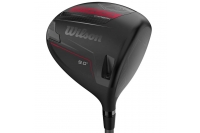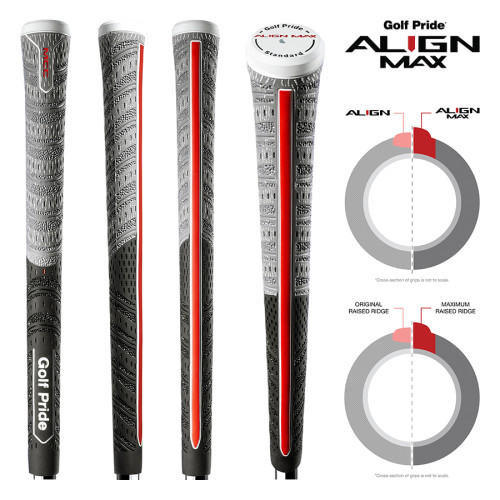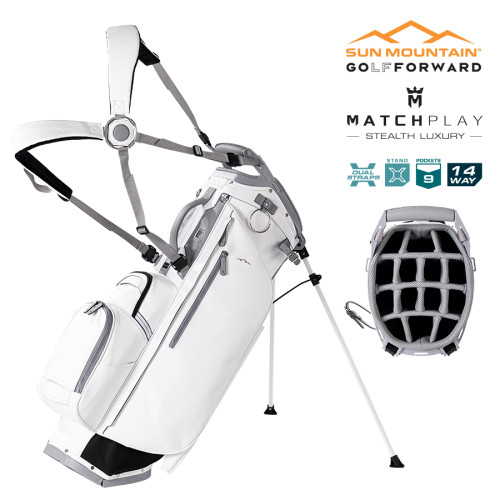We use cookies to make your experience better. To comply with the new e-Privacy directive, we need to ask for your consent to set the cookies. Learn more.
Choosing the Best Golf Driver For Beginners

Choosing the Best Golf Driver For Beginners
Drivers are one of the longest clubs in a golf bag, and beginners often find them difficult to master. Choosing the best golf driver for beginners is important to improving your game.
Drivers come in a variety of sizes and shapes. They are also made of different materials, which can affect the price.
Size
The size of your driver is a factor that determines how far you can hit the ball. Golfers of all skill levels can find drivers that are suited to their specific needs.
The standard driver size is 48 inches, but golfers can choose to have them a bit longer or shorter than this. If you are trying to improve your game, an oversized driver can help give you extra distance.
If you have trouble hitting the ball straight or if you are constantly slicing the ball, an adjustable driver can be a great solution. They can be adjusted to a variety of angles depending on your swing and the type of clubhead you use.
There are many different models of adjustable drivers, and they can be found at most golf stores and pro shops. These are great for improving the accuracy of your shot, especially when you are a beginner.
Oversized drivers also come in a wide range of lofts, so you can get the right one for your game. Some players prefer a higher loft while others are more comfortable with a lower loft. The best way to decide what loft you should use is to head to a local golf store or practice facility and hit some variations into the launch monitor.
A larger driver head can increase the moment of inertia, or MOI, which can give you more forgiveness on off-center hits. It can also make it easier for you to get the ball up in the air, which can help you gain more yardage.
However, you should never use an oversized driver for competitive play. If you want to try a large driver, you must be sure that it conforms with R&A and USGA rules.
Another thing to consider when choosing the best golf driver for you is what material the head is made of. For example, titanium or composite head material can be lighter than stainless steel and can help increase your clubhead speed. Titanium is a more expensive material, but it can last for years without wearing down.
Loft
The loft of your golf driver has a huge impact on your ball flight. In general, higher lofts help players with slower swing speeds generate a high launch angle and long distance shots. They also promote more control and accuracy off the tee, making them a great choice for lower handicappers.
The right loft depends on your swing speed, attack angle, and clubface position. It is important to get a custom fitting session and compare drivers within your range that match your club head speed at a practice facility before making any purchasing decisions.
Typically, stock drivers are available in lofts between 8 and 13 degrees but many of them offer adjustable features so you can experiment with different settings to see what works best for your game. A good golf shop or online store will offer a wide selection of driver options with adjustable lofts so you can find one that suits your style and playstyle.
Most golfers can benefit from a driver with more loft (9.5-10.5 degrees). The higher the loft, the greater the launch angle and the longer the drive. This is especially true for those with slower swing speeds or an attack angle that’s more steeper than average.
A higher driver loft will also increase spin and eliminate roll, which helps you generate more distance off the tee. It’s worth noting that a low driver loft can actually aggravate snap hooks.
For the vast majority of players, a 9.5-10.5 degree driver is the perfect balance between distance and control. It’s a great option for beginners as well as more advanced players who want to add more distance to their drives.
However, there are some pros who use low loft drivers that don’t work for them. For example, Jin-Young Ko, the No. 1 female player on the LPGA tour, has a swing speed that’s 30 miles per hour slower than Brooks Koepka, but he still uses a 9.5 degree driver.
The right driver loft is critical for players of all skill levels. Choosing the wrong loft can cause a variety of problems, including wayward shots, an inadequate launch, and unstable ball flight.
Materials
The material used to make a golf driver will play an important role in its performance. Manufacturers invest huge amounts of money into the research and development of new drivers to improve their playability. Whether this is a slight tweak in design or a major breakthrough, these improvements are made to attract the mass market and increase sales.
A golf driver can be made from a variety of materials including stainless steel, carbon steel, aluminum alloys and titanium. The most common material is stainless steel. This material is more expensive than other materials but can provide a significant improvement in club head durability and performance.
Another type of metal that can be used for a driver head is titanium, which is a lighter and stronger material than stainless steel. It is also a relatively cheap material to manufacture, and it can help designers save weight while still maintaining the size and strength requirements of a driver.
In addition to titanium, other metals that can be used in the construction of a golf driver include aluminum and zinc alloys. Zinc is a more affordable alloy and can be found in beginner sets, while aluminum is often paired with steel to create larger drivers.
Stainless steel is a popular choice for the top-end of the market, and it can be used in head inserts or the entire faceplate. It can be forged or heat-treated to provide a high degree of hardness and strength.
Some clubs use a special type of stainless steel called maraging steel, which is harder than 431 or 17-4 stainless steel and can be forged to a higher degree of hardness. This allows manufacturers to build thinner face inserts than is possible with normal stainless steel.
The speed at which the ball can come off of a driver face is controlled by the USGA and R&A, and many manufacturers use this as a benchmark. Typically, most driver heads go to this limit without exceeding it.
Graphite is less dense than other materials and can be used to replace the top shell in the head, saving additional weight that can then be repositioned elsewhere in the head. This technology can be found in most top-end driver and fairway woods.
Technology
Drivers are a crucial part of any golfer’s equipment bag. They’re used for a wide range of purposes including distance, accuracy, and forgiveness. In addition, they provide a high level of playability and can be used by players at all skill levels.
With the latest technology available, drivers can now be incredibly powerful and have a lot more versatility than they used to. The materials used to make these clubs have gotten much better, and engineers have worked hard to push the limits of what is possible with metal woods.
For example, many top-end models now come with movable weights that allow golfers to set them up to suit their preferred shot shape. This also gives golfers the option to change the loft, lie, and many other factors that help them to get the best results from their driver.
Another way in which manufacturers have improved their drivers is by using a higher amount of carbon fiber, a material that is very effective at increasing ball speed. This has been a key factor in increasing the distance of drivers over recent years.
Moreover, many manufacturers now offer graphite shafts which are lighter and can add a significant amount of power to the swing. These shafts are very popular with women as they are light and easy to use, as well as providing more control over the flight of the ball.
There are also a number of different styles of drivers on the market. They vary in size, loft degree, and spin rate. These differences have a huge impact on how far the club will fly, so it’s important to consider your goals when shopping for a new driver.
It’s no secret that the average price of a new driver has gone up significantly in the past decade or so. This is because manufacturers are investing a lot of time and money into developing new technology.
This has led to more and more technology being incorporated into golf drivers, so it’s essential to understand the technology that is available to you when choosing a new driver. It’s also important to choose a driver that fits your budget and ability level.







